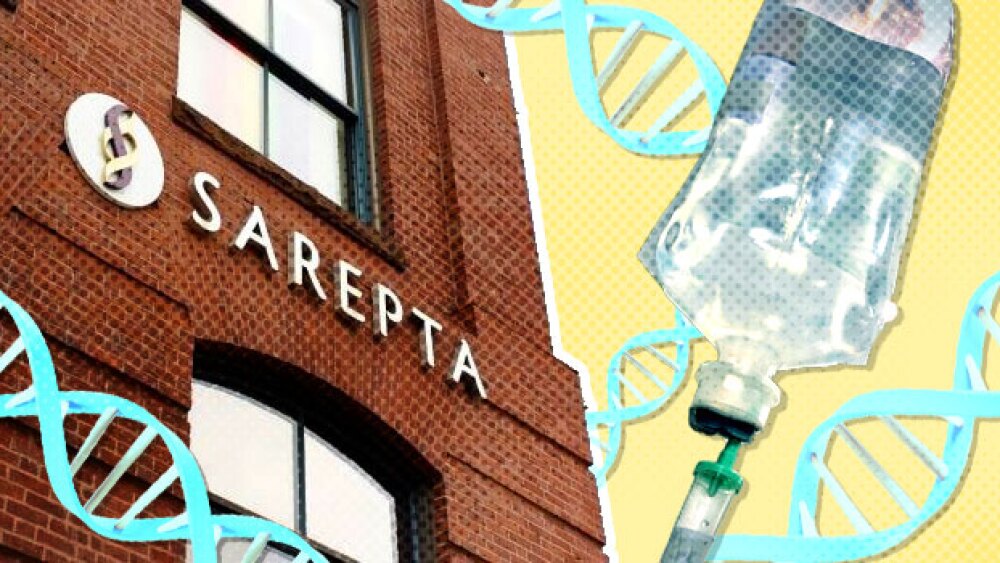BIOXYTRAN, INC. (OTCQB: BIXT) (the “Company”), a clinical stage biotechnology company developing oral and intravenous drugs to treat COVID-19 and other viral diseases announced the receipt of an Investigational New Drug (IND) authorization letter from India’s Central Drugs Standard Control Organization (CDSCO) to evaluate the safety, tolerability, pharmacokinetics, and pharmacodynamics of ProLectin-I injection.
BOSTON, MASSACHUSETTS, Feb. 06, 2023 (GLOBE NEWSWIRE) -- BIOXYTRAN, INC. (OTCQB: BIXT) (the “Company”), a clinical stage biotechnology company developing oral and intravenous drugs to treat COVID-19 and other viral diseases announced the receipt of an Investigational New Drug (IND) authorization letter from India’s Central Drugs Standard Control Organization (CDSCO) to evaluate the safety, tolerability, pharmacokinetics, and pharmacodynamics of ProLectin-I injection. The objective of this trial is to provide guidance for our future Phase II trial in Long COVID and Idiopathic Pulmonary Fibrosis (IPF). This is a separate and additional approval from the authorization that ProLectin-M received on December 2, 2022.
About ProLectin-I
ProLectin-I is an intravenous new chemical entity drug that is expected to treat Long COVID and Idiopathic Pulmonary Fibrosis (IPF). Long COVID is estimated to have 65 – 100 million cases worldwide.1,2 The CDC believes it affects one in five people that contract COVID-19. According to Harvard University, the economic cost of Long COVID is $3.7 trillion in the just the United States.3 IPF affects approximately 3 million people worldwide.4 The disease primarily affects patients over the age of 50 and affects more men than women. 5
The top theory behind the pathogenesis of Long Covid is viral persistence6 or viral fragments. ProLectin-I binds to the ‘galectin fold’ of the spike protein thereby neutralizing a replication competent viruses’ ability to infect other cells, but it also binds to spike protein fragments thought to be the cause of ongoing inflammation. 7
The medical term for scar tissue is fibrin. The word fibrosis stems from the continued growth of fibrin. Once scar tissue forms in the lungs combined with an already suppressed immune system, scar tissue can start to spread quickly. The reason for scar tissue forming in the lungs can vary, but it can always be associated with the onset of lung damage. Combining lung damage with an impaired immune system leads to scar tissue forming in the lungs. Multiple galectin types are associated with fibrosis, and ProLectin-I is thought to bind to a few.
About Bioxytran, Inc.
Bioxytran, Inc. is a clinical stage biotechnology company developing novel therapies targeting the treatment of significant unmet medical needs in virology, degenerative disease, and hypoxia. The leading drug candidates, ProLectin-M (“PLM”) and ProLectin-I (“PLI”), are a new class of antiviral drugs designed to antagonize galectins implicated in viral, inflammatory, fibrotic, and malignant diseases. Bioxytran’s other development programs are for pulmonary fibrosis and stroke treatment. More information can be found at www.bioxytraninc.com
Investor Relations
Michael Sheikh
509-991-0245
mike.sheikh@bioxytraninc.com
Forward-Looking Statements
This press release includes forward-looking statements as defined under federal law, including those related to the performance of technology described in this press release. These forward-looking statements are generally identified by the words “believe,” “expect,” “anticipate,” “estimate,” “intend,” “plan,” and similar expressions, although not all forward-looking statements contain these identifying words. Such statements are subject to significant risks, assumptions and uncertainties. Known material factors that could cause Bioxytran’s actual results to differ materially from the results contemplated by such forward-looking statements are described in the forward-looking statements and risk factors in the Company’s Annual Report on Form 10-K for the fiscal year ended December 31, 2021 and those risk factors set forth from time-to-time in other filings with the Securities and Exchange Commission. Bioxytran undertakes no obligation to correct or update any forward-looking statement, whether as a result of new information, future events, or otherwise, except to the extent required under federal securities laws.
1Davis, H.E., McCorkell, L., Vogel, J.M. et al. Long COVID: major findings, mechanisms and recommendations. Nat Rev Microbiol (2023). https://doi.org/10.1038/s41579-022-00846-2
2 Chen Chen, et al. Global Prevalence of Post-Coronavirus Disease 2019 (COVID-19) Condition or Long COVID: A Meta-Analysis and Systematic Review, The Journal of Infectious Diseases, Volume 226, Issue 9, 1 November 2022, Pages 1593–1607, https://doi.org/10.1093/infdis/jiac136
3 Cutler, D.M. The Economic Cost of Long Covid: An Update. Harvard University, July 2022.
4 Nalysnyk, L., et al. Incidence and Prevalence of Idiopathic Pulmonary Fibrosis: Review of the Literature. Eur. Respir. Rev. 2012;21(126):355-361
5 Raghu, G., et al. An Official ATS/ERS/JRS/ALAT Statement: Idiopathic Pulmonary Fibrosis: Evidence-based Guidelines for Diagnosis and Management. Am J Respir Crit Care Med. 2011; 183:788–824
6 Peluso, M.J. and Deeks, S.G. Early clues regarding the pathogenesis of long-COVID. Trends in Immunology, Volume 43, Issue 4, April 2022, Pages 268-270.
7 Patterson BK, et al. (2022). Persistence of SARS CoV-2 S1 Protein in CD16+ Monocytes in Post-Acute Sequelae of COVID-19 (PASC) up to 15 Months Post-Infection. Front. Immunol. 12:746021. doi: 10.3389/fimmu.2021.746021





